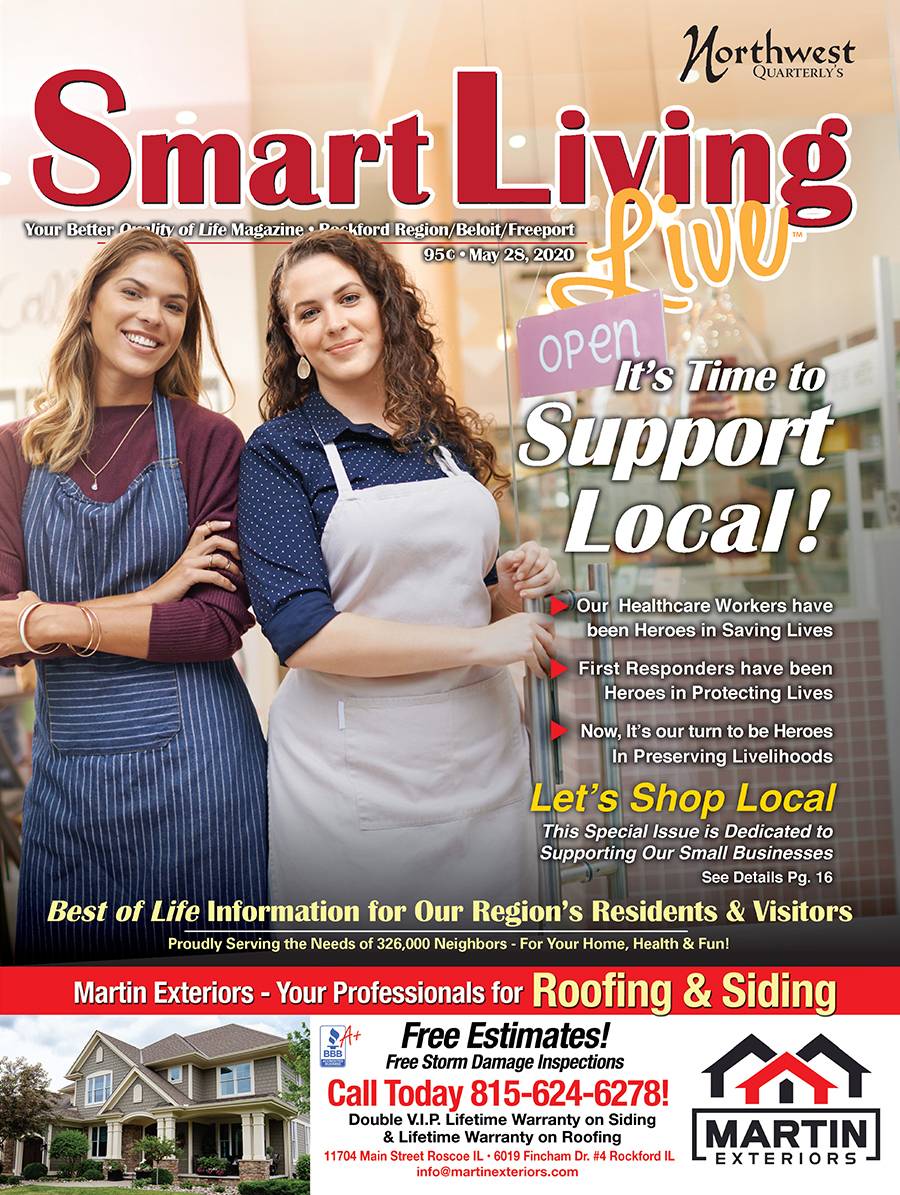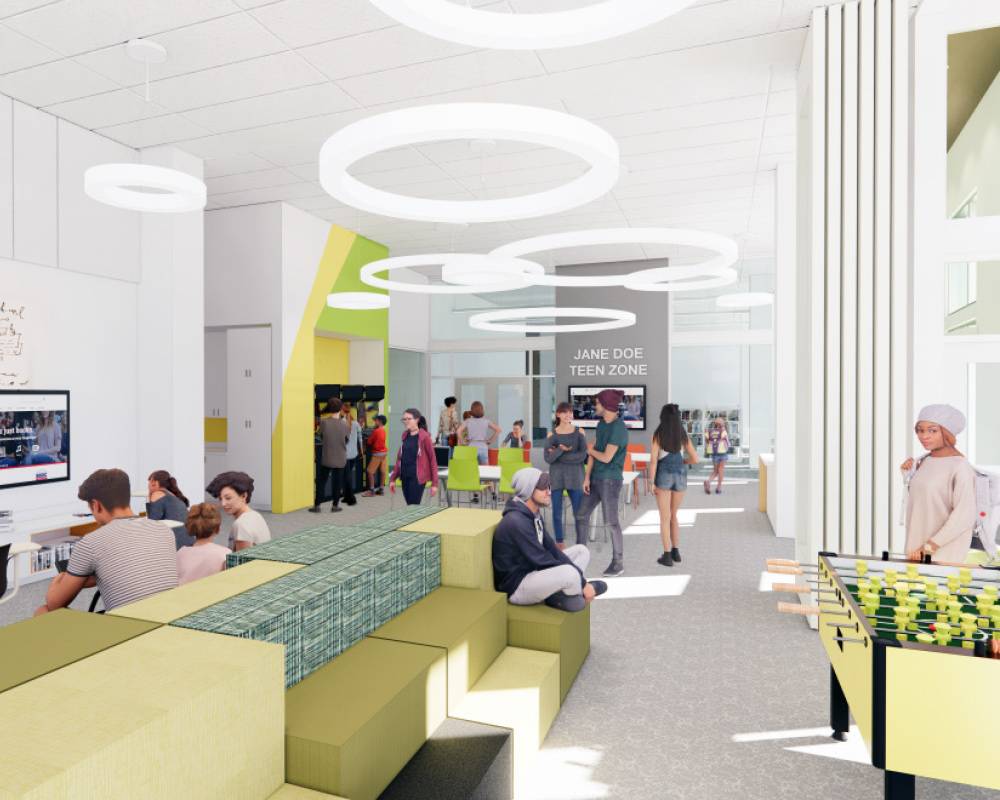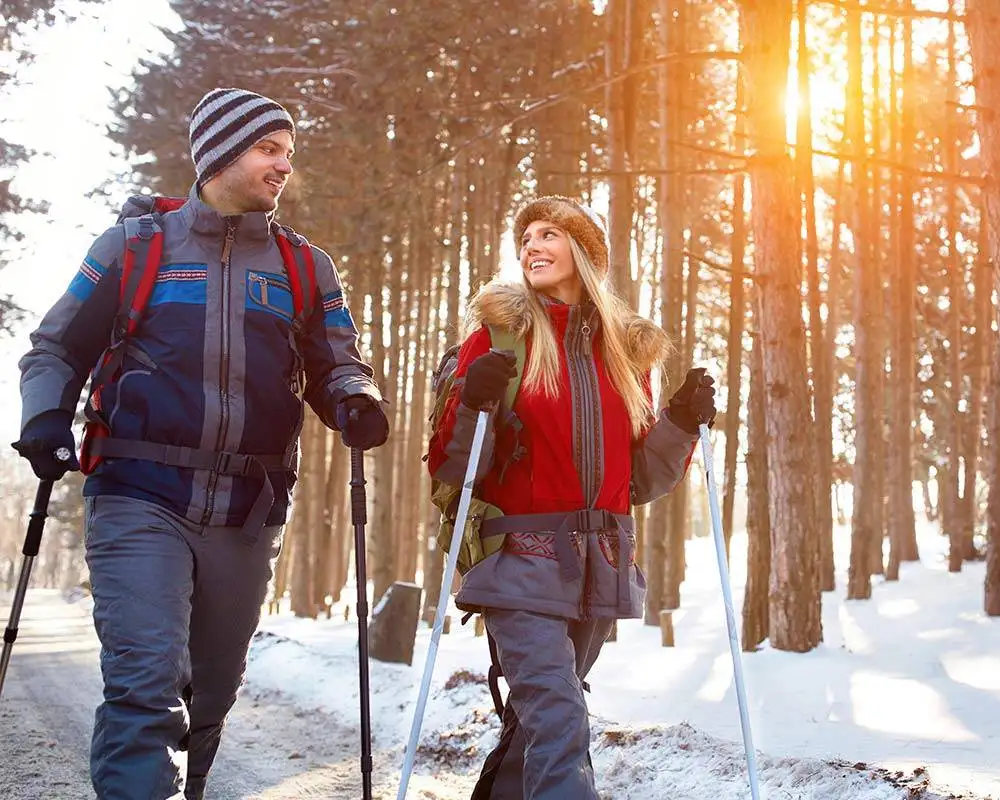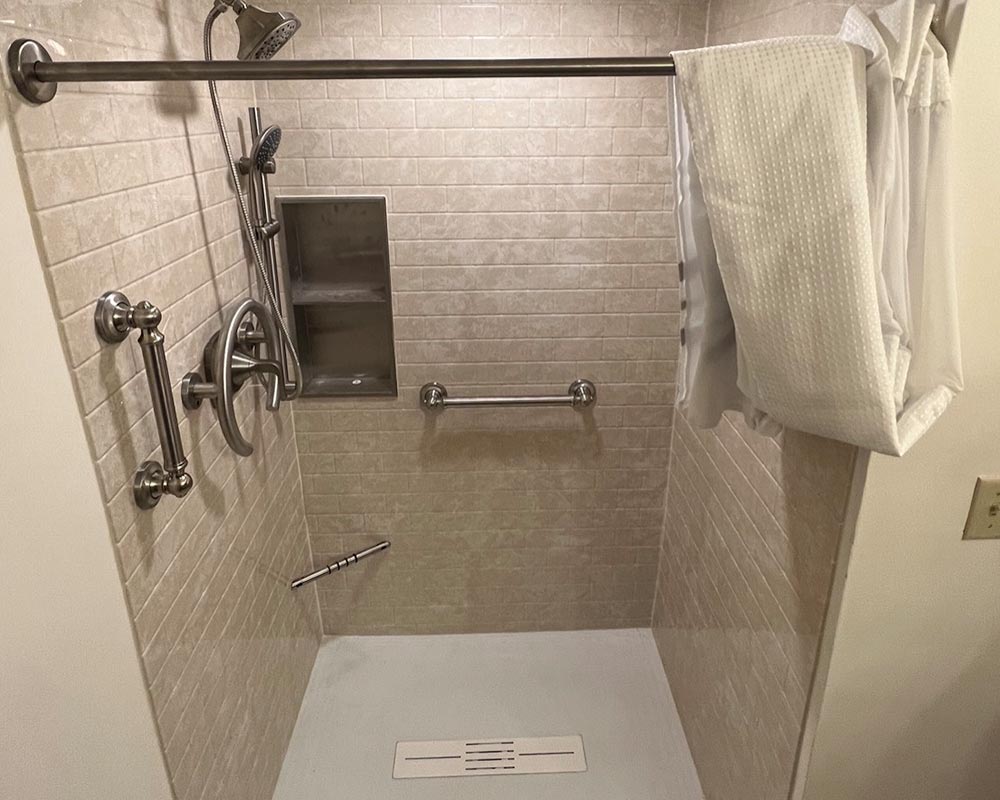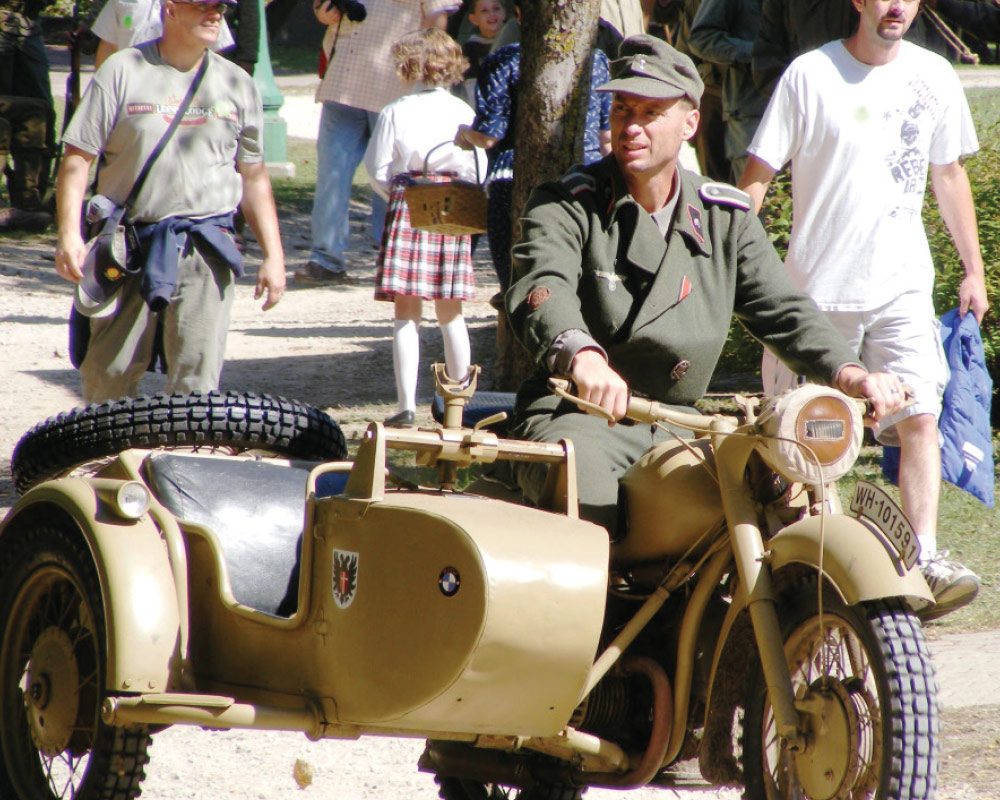Most of us don’t give much thought to railroads and how they transformed our world, or the important role they still play. But there’s a group of people keeping that story alive, and they’re having a lot of fun doing it.
“Model railroading enthusiasts are more than just a bunch of people who play with trains,” says Ken Mosny, superintendent of the Rock River Valley Division, National Model Railroad Association (RRVD-NMRA). “A lot of people take it very seriously and do a great deal of research to accurately model routes from various time periods and locations.”
Mosny knows people who’ve traveled to the Library of Congress in Washington D.C. to research train routes.
As an active local chapter, the RRVD organizes model train shows each spring and fall. About 30 of the 75 to 100 members meet monthly to share information and tour each others’ layouts.
Although the pandemic put a damper on in-person gatherings, it also opened opportunities to exchange knowledge with train enthusiasts across the nation via Zoom. As a retired mechanical engineer, Mosny enjoys the technical side of the hobby and shares his knowledge with a national audience. The NMRA also sees growing interest from hobbyists in Europe, Russia and China.
“It’s such a multi-faceted hobby because you have people like me who enjoy the technical and mechanical side of it, but you also have artistic people who enjoy the creative work of making the scenery and also people who really love the historical research aspect. If you don’t have the whole skillset, there are always people willing to jump in and help you.”
The work of improving a train layout never ends, but that’s part of the fun.
“When people see my layout, they almost always ask, ‘So when will it be done?’ My answer is ‘Never!’ I’m always planning the next thing for it.”
Mosny, like many others, grew up in the 1950s enjoying Lionel model trains and now has the time and money to revisit the hobby. But he also sees multi-generational interest and says it’s an affordable hobby for parents and grandparents to enjoy with children, who learn about history, math, art and evolving technologies while having fun. Today’s kids can even download apps to control trains with their smart phones.
“Some of the more sophisticated prototype train modeling not only replicates the train equipment itself, but also the operating sessions – the points of origin, the schedules, dispatches, the timing of when trains meet and pass each other.”
Train layouts may be based on real or fictional places; many compress distances to scale, just as the model trains themselves are scaled to the size of real trains.
There are 23 model train sizes, all set by the NMRA. The five most common are O, HO, S, N and G. About 65 percent of model railroaders use HO, which scales to 1/87th the size of a real train. The G, or Garden size, is largest, at a scale of 1/22.5. It’s often used in outdoor settings.
“This is the train you see running around at Nicholas Conservatory.”
The S group includes American Flyer trains scaled at 1/64th and the O group is scaled at 1/48th.
By far the smallest scale of this group is N, scaled at 1/160th the size of a real train, which means you can fit a lot more of them into a layout but they can be harder to handle for children or adults with arthritic hands.
The train scale shouldn’t be confused with the term “gauge,” which refers to the distance between rails.
At least two local hobby stores in Rockford cater to model railroaders – Hobby Town at 3782 N. Alpine Road (near the Loves Park Wal-Mart) and Midwest Rail Junction at Highcrest Centre. Hobbyists often save money by picking up pieces they need at model train shows.
“A brand new, modern locomotive with a sound system and digital controller may cost you $400,” says Mosny. “Or, at a train show, you can pay $30 for an older locomotive that runs fine and you can pick up a lot of freight cars for $5 each. Prices are all over the map. A teen can get started for a few hundred dollars and an adult can set up nicely for $1,000.”
Novices can buy everything ready-made or build their own trains like Mosny does. His personal layout, which he calls Sugar River to Ridgefield, focuses on the 1900 era in our region.
Mosny explains that, like many hobbies, model railroading became popular during the Great Depression “when men had a lot of time on their hands but not much money. They made their own trains but when they wanted to take them over to each other’s houses, the sizes had no uniformity. So the NMRA formed in 1935 to set up scale-of-size standards.”
Train hobbyists appreciate the way railroads shaped our nation in the 1800s.
“Travel from the Midwest to San Francisco once took about 6 months by animal power and you had to time it to avoid winter weather on the Great Plains.Then, in the 1869, Pacific Railroad service opened (now we call it the Transcontinental Railroad) and the trip took you 10 days instead of 6 months. It was truly like light speed to people then.”
The Rock River Valley Division group welcomes visitors at its monthly meetings on the first Sunday of the month September to May, usually held at 1 p.m. at the Lutheran Church of the Good Shepherd across from West Middle School.
It will host a small show at CherryVale Mall on Oct. 2 & 3, with at least four operating model train layouts. Its large spring show in March 2022 will feature more than 30,000 square feet of space filled with a dozen operating model train displays and hundreds of vendor tables.
Learn more at RRVD-NMRA.com. ❚



